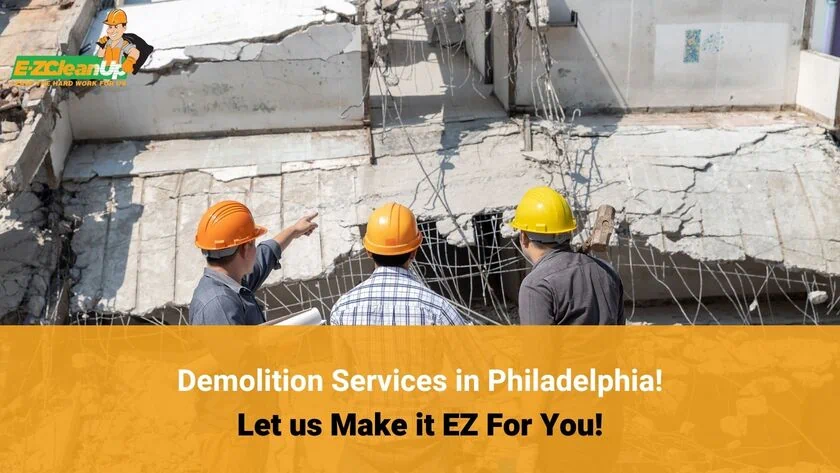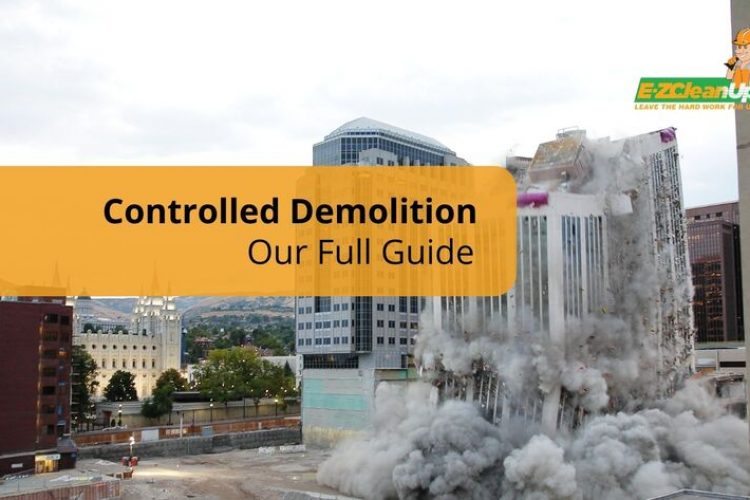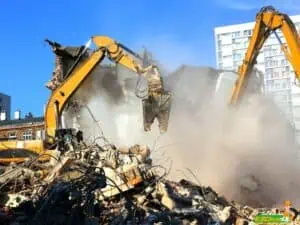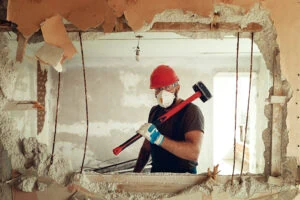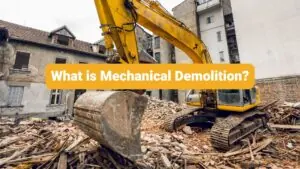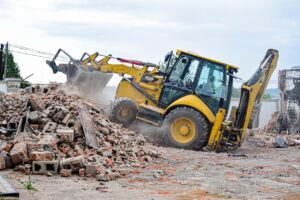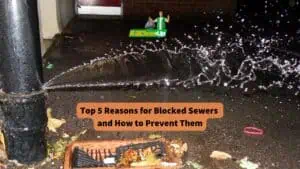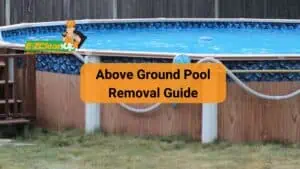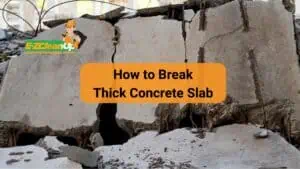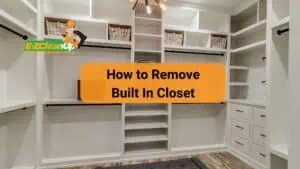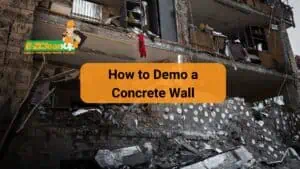In the realm of construction and urban development, the controlled demolition of buildings and structures stands as a testament to the power of engineering and the relentless march of progress.
Controlled demolition is not merely the act of destruction, but rather a carefully orchestrated process that combines science, technology, and a deep understanding of architectural structures. It’s a ballet of destruction, where every movement is calculated, every action precise, and the final performance is nothing short of awe-inspiring.
Controlled demolition is a procedure that involves taking down buildings and structures in a safe, guided manner to achieve the best timely results. It’s much more complicated than just knocking a building down because it needs to be done in stages for maximum control and stability. It doesn’t include wrecking balls or similar solutions, as these methods are less efficient and create more mess, dust, and noise pollution.
In this guide, we will delve into the world of controlled demolition, exploring its science, process, safety measures, and how it compares to other demolition methods. We’ll also highlight some famous controlled demolition projects that have left an indelible mark on the annals of construction history. Whether you’re a professional in the industry, a student of engineering, or simply a curious reader, this guide will provide you with a comprehensive understanding of controlled demolition.
Stay with us as we embark on this journey of discovery, and remember, when it comes to demolition, EZ Cleanup is your trusted partner.
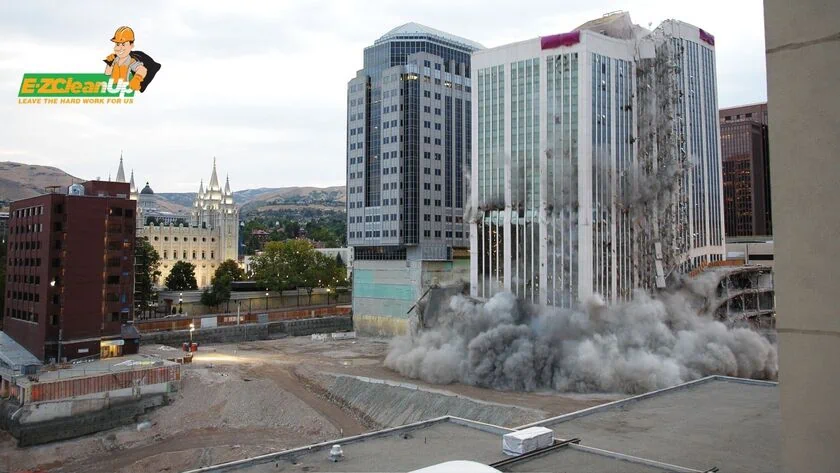
What is Controlled Demolition? 🏗️💥🏢
Controlled demolition is the process of safely dismantling a building or structure using a series of carefully planned and executed steps. Unlike traditional demolition methods, which can be messy and hazardous, controlled demolition is designed to minimize risks and maximize efficiency.
The process involves the strategic use of explosives, machinery, and manual labor to bring down a structure in a manner that is safe, controlled, and minimizes damage to the surrounding environment. This is achieved by focusing on the structural vulnerabilities of the building and using these weak points to guide the demolition process.
Controlled demolition is not just about destruction. It’s about understanding the science of buildings, the materials they’re made from, and how they’re put together. It’s about using this knowledge to dismantle them in the safest and most efficient way possible.
In the world of construction and demolition, controlled demolition is considered the gold standard. It’s a testament to human ingenuity and our ability to manipulate our environment in a controlled and calculated manner. Whether it’s a towering skyscraper or a small residential building, controlled demolition provides a safe and efficient solution for bringing structures down when they’ve served their purpose.
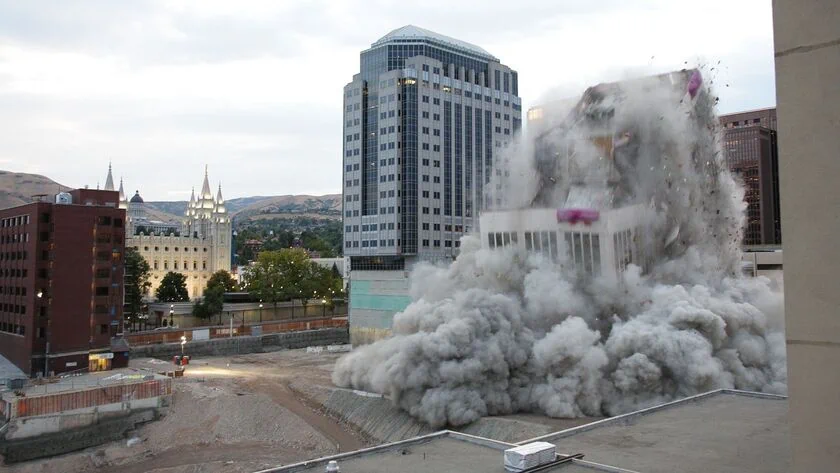
How Does Controlled Demolition Work? Understanding the Science Behind Controlled Demolition 🧪🏗️👷♂️
Controlled demolition is a fascinating blend of physics, engineering, and architectural knowledge. It’s not just about setting off explosives and watching a building crumble. It’s a calculated process that requires a deep understanding of how structures work and how they can be safely dismantled. Here’s a closer look at the science behind controlled demolition:
Gravity 🍎⬇️
Gravity plays a crucial role in controlled demolition. The primary goal of any demolition process is to use gravity to bring the structure down as safely and efficiently as possible. By strategically weakening certain parts of a building, demolition experts can guide the direction of the fall and ensure the demolition debris is contained within a specific area.
Structural Vulnerabilities 🏢
Every building has its weak points. These are typically areas where the structural integrity can be compromised with the least amount of force. By identifying these vulnerabilities, demolition experts can use them to their advantage and make the demolition process more efficient.
Importance of Engineering and Architectural Knowledge 📐🧠
Understanding the design and construction of a building is crucial for a successful controlled demolition. This knowledge allows demolition experts to predict how a building will react when certain parts are removed or weakened. It also helps them identify potential risks and take necessary precautions to ensure the safety of the demolition crew and the public.
The Role of Explosives 💥
Explosives are often used in controlled demolition to weaken or remove key structural elements. However, it’s not about using the most explosives or creating the biggest explosion. It’s about using the right amount of explosives in the right places to achieve the desired result.
Different Types of Explosives Used 💣
There are several types of explosives used in controlled demolition, each with its own properties and uses. Some of the most common include dynamite, C4, and nitroglycerin. The choice of explosive depends on a variety of factors, including the type of structure, the materials used in its construction, and the specific goals of the demolition process.
Placement of Explosives 🎯
The placement of explosives is one of the most critical aspects of controlled demolition. Explosives need to be placed in a way that will cause the building to collapse inward, minimizing the risk of damage to surrounding structures. This requires a detailed understanding of the building’s design and a careful calculation of the explosive force needed.

The Process of Controlled Demolition 📝👷♂️💥
Controlled demolition is a multi-step process that requires careful planning and execution. Here’s a step-by-step overview of what a typical controlled demolition process might look like:
Pre-Demolition Inspections and Documentation 📋🔍
Before any demolition work can begin, the building must be thoroughly inspected. This involves documenting the building’s structure, materials, and overall condition. This information is crucial for planning the demolition process and identifying any potential risks or challenges.
Obtaining Necessary Permits and Notifications 📜
Demolition work requires various permits and notifications. This can include notifying local authorities, obtaining demolition permits, and ensuring all legal and safety requirements are met.
Preparation of the Building 🏢
Once all the necessary permits and inspections are in place, the building is prepared for demolition. This can involve removing any valuable or reusable materials, disconnecting utilities, and setting up safety barriers around the demolition site.
Removal of Hazardous Materials ☣️
If the building contains any hazardous materials, such as asbestos or lead, these must be safely removed before demolition can begin. This is a specialized process that must be carried out by trained professionals to ensure the safety of the demolition crew and the public.
Planning the Explosion 💥
The next step is to plan the explosion. This involves deciding where to place the explosives, how much to use, and in what order they should be detonated. This is a critical step that requires a deep understanding of the building’s structure and the physics of demolition.
Weakening of the Structure 🏗️
Before the explosives are set off, the structure is often weakened to control the direction of the fall. This can involve removing certain structural elements or cutting through support beams using demolition saws or other special tools.
Strategic Placement and Timing of Charges 💣⏱️
The explosives are then placed in predetermined locations and set to detonate in a specific order. The timing of the detonations is carefully calculated to control the direction and speed of the collapse.
Deciding the Direction of Fall 🏢↘️
One of the key goals of controlled demolition is to control the direction of the building’s fall. This is typically done by weakening one side of the building more than the other, causing it to fall in that direction.
Carrying Out the Implosion 💥👷♂️
Once everything is in place, the charges are detonated and the building is brought down. This is the most dramatic part of the process, but it’s also the result of careful planning and execution.
Post-Demolition Cleanup 🧹🚛
After the building has been brought down, the site is cleaned up and any remaining debris is removed. This is a crucial part of the process, as it prepares the site for whatever comes next. For more information on this process, check out our construction debris removal page.
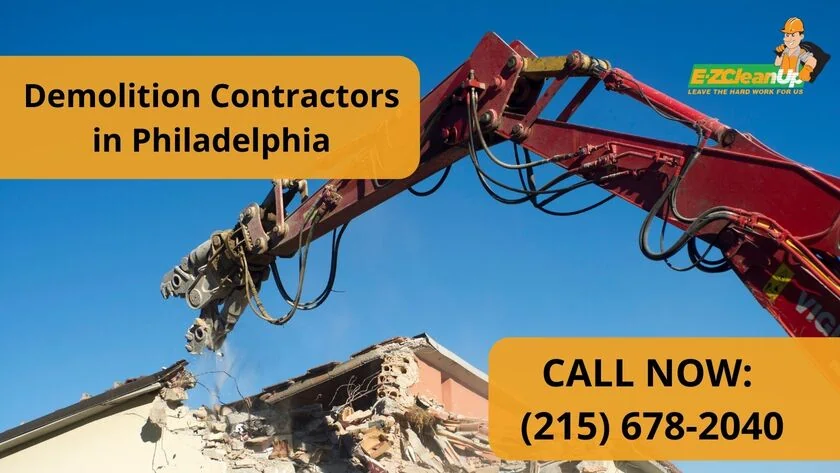
Safety Measures in Controlled Demolition 🚧⚠️👷♂️
Safety is the top priority in any demolition project. A controlled demolition requires a series of safety measures to ensure the well-being of the demolition crew, the public, and the surrounding environment. Here are some key safety considerations in controlled demolition:
Ensuring the Safety of the Demolition Crew 👷♂️🛡️
The demolition crew is at the heart of any demolition project. Their safety is paramount. This is ensured through proper training, use of protective equipment, and adherence to safety protocols. Crew members are trained to handle explosives, operate machinery, and respond to any potential hazards or emergencies that may arise during the demolition process.
Protecting Nearby Structures and Public 🏘️
Controlled demolition is designed to minimize the impact on surrounding structures and the public. This is achieved through careful planning and execution of the demolition process. Safety barriers are set up around the demolition site to keep the public at a safe distance, and measures are taken to control dust, noise, and vibration levels to prevent damage to nearby structures.
Environmental Considerations 🌳🌍
Controlled demolition also takes into account the impact on the environment. This includes managing waste materials, controlling dust and noise pollution, and minimizing the impact on local wildlife. In some cases, hazardous materials such as asbestos or lead may be present in the building, and these must be safely removed and disposed of in accordance with environmental regulations.
Controlled Demolition Vs. Other Demolition Methods 🏗️💥🔨
Controlled demolition is just one of many methods used to bring down buildings and structures. Here’s how it compares to other common demolition methods:
Comparing with Uncontrolled Explosion 💣🏢
An uncontrolled explosion is a demolition method that involves using large amounts of explosives to bring down a structure. While this method can be effective for certain types of structures, it lacks the precision and control of controlled demolition. Uncontrolled explosions can result in unpredictable outcomes, including damage to surrounding structures and potential safety risks. The advantage of uncontrolled demolition is the price, of course.
Comparing with Deconstruction 🔨🧱
Deconstruction is a demolition method that involves manually taking apart a building piece by piece. This method allows for the maximum amount of materials to be salvaged and recycled, making it a more environmentally friendly option. However, deconstruction is a time-consuming process that can be more expensive than other demolition methods. Controlled demolition, on the other hand, is a quicker process that still allows for a significant amount of material to be recycled, although not as much as deconstruction.
When is Controlled Demolition the Best Option? 🤔🏗️
Controlled demolition is often the best option when safety, efficiency, and control are top priorities. This method is particularly suitable for large structures, structures located in densely populated areas, and structures that pose a safety risk due to their condition. Controlled demolition allows for the building to be brought down quickly and safely, with minimal impact on the surrounding area.
Famous Controlled Demolition Projects 🏢💥🎥
Controlled demolition has been used in numerous high-profile projects around the world. Here are three notable examples:
- The Kingdome, Seattle – Once the largest concrete dome in the world, the Kingdome was home to Seattle’s sports teams for over two decades. In 2000, it was demolished using 21.6 tons of explosives in a controlled implosion, making way for the new CenturyLink Field.
- The J.L. Hudson Department Store, Detroit – This 2.2 million square foot building was once the world’s tallest department store. In 1998, it was brought down in a controlled demolition that used over 2,728 lbs of explosives and took only 24 seconds.
- The Dunes Hotel, Las Vegas – Known for its iconic ‘sultan’ marquee, The Dunes Hotel was a symbol of the old Las Vegas. In 1993, it was demolished in a spectacular implosion that was broadcast live on television. The event was marked by a fireworks display and the launch of the new Bellagio Hotel on the same site.
These examples highlight the power and precision of controlled demolition. They show how this technique can be used to safely and efficiently bring down even the largest and most complex structures.
Conclusion 📝👷♂️
Controlled demolition is a fascinating field that combines science, engineering, and a dash of spectacle. It’s a testament to human intelligence and abilities. Whether you’re a professional in the demolition industry, a student of engineering, or simply a curious reader, we hope this guide has given you a deeper understanding of controlled demolition.
At EZ Cleanup, we specialize in light demolition works such as interior demolition, soft demolition, manual demolition, etc. Our team of experienced professionals is committed to providing safe, efficient, and reliable demolition services. Whether you’re looking to bring down a small residential building or a commercial structure, we have the skills and expertise to get the job done right. Contact us today to learn more about our services and how we can help with your next demolition project.
